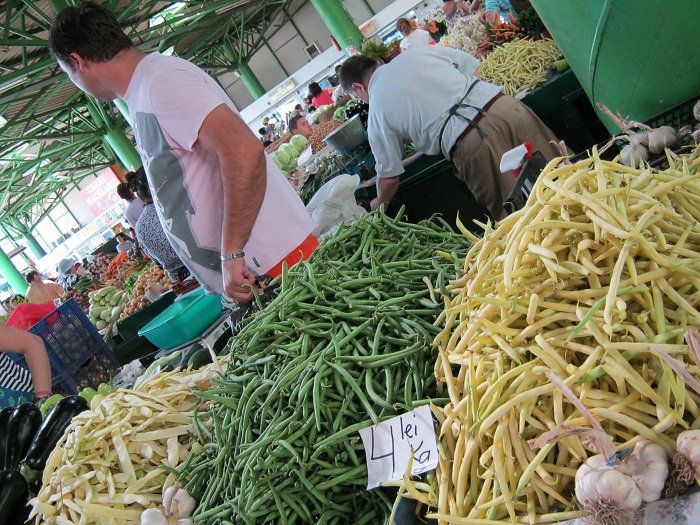 Fasole Verde, Haricots Verts, String Beans or “French Beans”, whichever name is used, are sweet and delicious. I wasn’t ever very keen on harvesting or doing much at all in the heyday of my Mum’s happy hippy 1970s garden but I did like picking the “French Beans” and then helping cook them and eating them with some melted butter, or (my favorite) slightly warm with vinaigrette.
Fasole Verde, Haricots Verts, String Beans or “French Beans”, whichever name is used, are sweet and delicious. I wasn’t ever very keen on harvesting or doing much at all in the heyday of my Mum’s happy hippy 1970s garden but I did like picking the “French Beans” and then helping cook them and eating them with some melted butter, or (my favorite) slightly warm with vinaigrette.
Fast forward to Piata Matache and the mountains of green and yellow beans on offer now. Green Beans as well as being delicious and versatile come with an array of health benefits so eating them chalks up a number of “good eating” brownie points. Lots of vitamin C and various B vitamins make the humble bean a strong immune system booster. The legume is high in fiber too and low in carbs and adorned with a vitamin E rich tahini or walnut sauce preferably with generous amounts of garlic involved packs a mean antioxidant punch, so chuck away the echinacea and tuck into beans instead!
First stop to enhance the bean experience this week was to make a “Walnut and Parsley Pesto”. I first encountered this simple but sensational pesto on the Turkish Aegean where the local olive oil is prized. Note: for a more walnutty flavor use walnut oil 1/3 to olive oil 2/3. Take blitzing equipment of choice and throw in one bulb of garlic ( yes one whole bulb of raw garlic and forget your neighbors and colleagues…think of your fast reducing cholesterol level or make them eat it too ) , two bunches of parsley, two full handfuls of walnuts, 100g-ish of parmesan or aged pecorino, a little chilli, the zest of half a lemon and enough olive oil to make it bind into a loose paste (probably more than would initially be thought), some salt and pepper to taste. Whizz it all up and hey presto, pesto fit for kings. This quantity makes two smallish jars. One jar will coat enough pasta for 4.
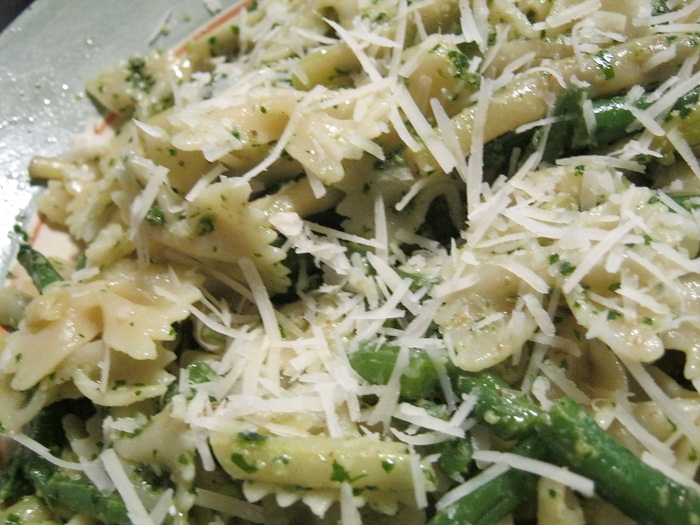 Walnut and Parsley Pesto & “Fasole” pasta
Walnut and Parsley Pesto & “Fasole” pasta
For four:
Boil 500g of topped and tailed green and yellow beans and leave to cool. Chop roughly.
Boil pasta according to instructions and personal taste
Add the Walnut and Parsley pesto to the cooked pasta and mix through. Add the beans gently and stir through
Serve with parmesan and a glass of something (or somebody) that copes with the garlic. Richard Fox recommends either the Prince Stirbey Tamaioasa Romaneasca Sec 2011 or the Davino Ceptura Rose 2011.
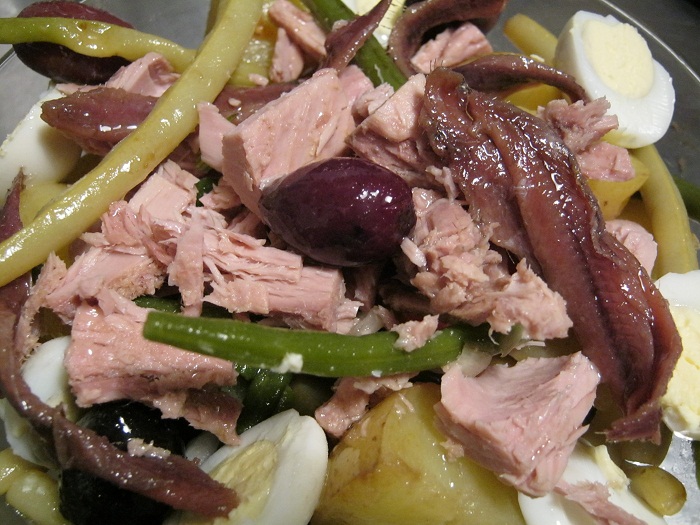
Salade Nicoise
Give this a local twist by using the yellow beans as well as the classic green ones and quail eggs (“oua de prepelita”) that are widely available for a touch of sophistication. Boil the beans until cooked (personally I don’t like them too crunchy as they verge on the raw and indigestible but soggy beans should be avoided at all costs too…keep an eye on them as they cook and keep tasting them for ‘done-ness’, boil the eggs and leave both to cool although the charm of this salad is eating it slightly warm and thus releasing all the volatile oils in olive oil for that olfactory hit. Mix the beans and hard boiled eggs with: Red onions, black olives, anchovies, artichoke hearts or boiled very new potatoes. Top with chunks of tuna and dress with either the best olive oil available and a little balsamic vinegar or a good vinaigrette.
Beans with Tahini Dressing & Walnuts
Another variation on the green bean/walnut and garlic theme, only this time with a Middle Eastern slant. First make a tahini based dressing. This is a Middle Eastern staple and can be varied depending on the salad or vegetable being dressed. I find it easiest to mix in a plastic bottle that acts like a cocktail shaker – a small plastic mineral water bottle is ideal. Drop into the bottle 2 generous tablespoons of tahini paste. Add smashed raw garlic (two cloves is sufficient but four would be more adventurous) and some lemon zest and/or honey. Mint can be added, although I prefer to dot fresh mint leaves through the salad. Add the juice of one lemon and 50ml water. Give a strong shake until the sauce has the consistency of runny honey.
Toast 100g walnuts in an oven at 180C for eight minutes until they release their aroma. Boil 500g of the green beans and let cool until “just warm”. Stir the walnuts through the beans. Add mint leaves to taste and drizzle the tahini dressing over the salad. Serve with warm flatbread.


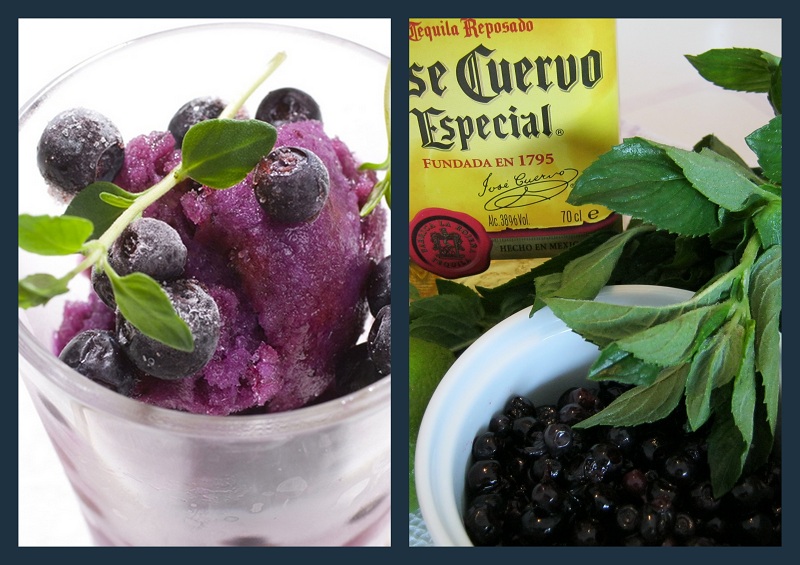
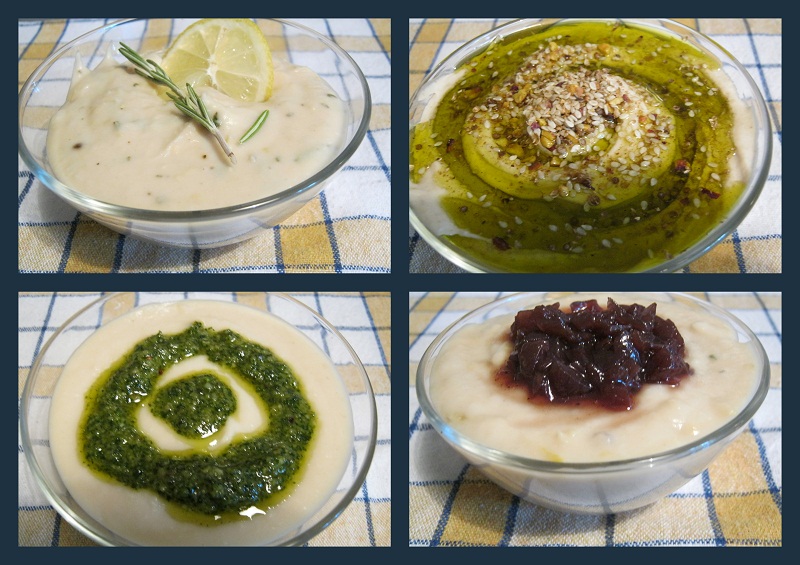 ….with Tahini and Dukkah, with Pesto, with Red Onion Marmalade, with Rosemary & Lemon and as healthy mash!
….with Tahini and Dukkah, with Pesto, with Red Onion Marmalade, with Rosemary & Lemon and as healthy mash!